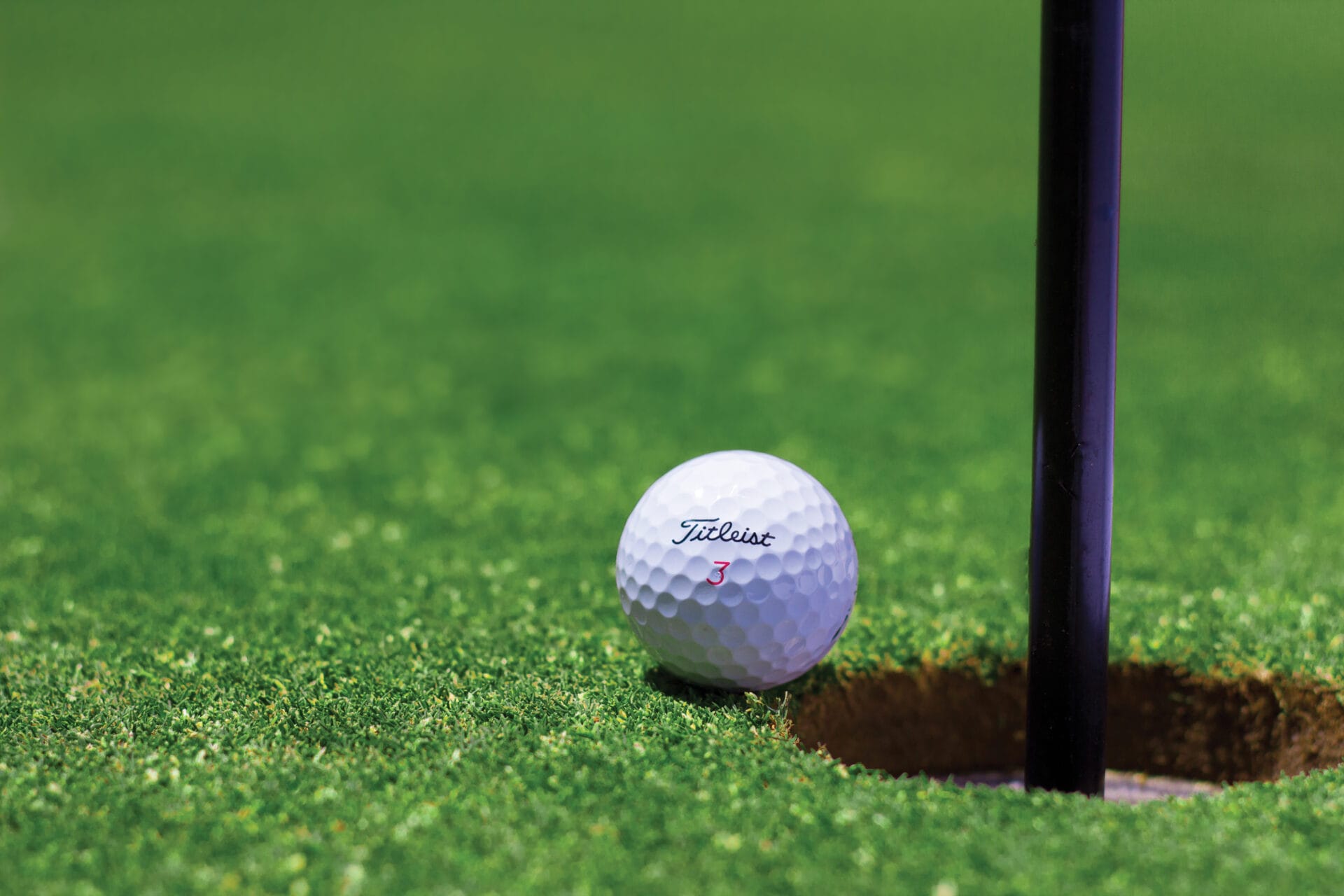Passing the soccer ball is an essential skill for any soccer player. It requires good technique and precise timing, as well as an understanding of how to move the ball in order to create scoring chances. This guide will provide a comprehensive overview of how to pass the soccer ball, from basic techniques to more advanced strategies. With practice and dedication, you will be able to master this essential skill and become a valuable asset to your team.To pass the soccer ball effectively, it is important to keep a few key things in mind. First, you should be aware of your teammates’ positions and move the ball to them quickly. Secondly, try to avoid passing the ball directly to an opposing player. Thirdly, aim for accuracy when passing and make sure the pass is strong and on target. Finally, vary your passes with ground passes, lobs, chips, or long shots depending on the situation. By following these tips you can help ensure that your passes are successful.
Tips On Passing The Soccer Ball
One of the most important skills in soccer is passing the ball. It requires a combination of technique, awareness, and accuracy to be successful. Here are some tips on passing the soccer ball that will help you become a better player:
Timing
Timing is key when it comes to passing the ball. You need to be aware of your teammates’ positions and where they are likely to move, so you can make a pass at the right moment. The earlier you pass, the more time your teammate will have to control the ball and make a decision.
Weight
Another important factor is how much weight you put on your passes. If you put too much weight on a pass, it will be harder for your teammate to control and could end up going out of bounds or into an opponent’s hands. On the other hand, if you don’t put enough weight on a pass, it will likely be too slow for your teammate to get to it in time. So practice controlling how much weight you put on your passes in order to get them where they need to go quickly and accurately.
Accuracy
Accuracy is also very important when it comes to passing the ball. If you can’t find the right spot for your pass, then it won’t matter how good your timing or weight is – it won’t reach its intended target. So practice passing with precision and accuracy so that you can consistently deliver perfect passes every time.
By following these tips on passing the soccer ball, you can become a better player and improve your team’s performance overall. With enough practice and dedication, you can master this skill and take your game to the next level!
Mastering The Art Of Passing The Soccer Ball
Passing the soccer ball is an essential skill to master in order to succeed in the game of soccer. A successful pass helps to keep possession on the ball and can often lead to scoring a goal. It is important for players to understand the basics of passing and how to execute them correctly.
To begin, players should focus on controlling the ball with their feet. This will help them gain accuracy when passing, as well as being able to control the speed and direction of their passes. Controlling the ball also helps with manipulating space, which can be used to create passing opportunities for teammates.
Players should also practice different types of passes in order to become more comfortable with each one. The two main types of passes are ground passes and aerial passes. Ground passes involve kicking or rolling the ball along the ground, while aerial passes involve kicking or heading the ball in mid-air. Both require precision and timing in order to be successful.
Another important aspect of passing is vision and awareness. Players must have an understanding of where their teammates are located on the field, as well as where they are moving, so that they can make accurate passes that lead directly into open spaces or towards teammates’ feet.
Players should also practice using both feet when passing, as this will help them become more well-rounded players who can pass effectively from either side of their body. This will also give them an advantage when trying to pass around defenders who may be guarding one side of their body more closely than another side.
Finally, it is important for players to practice good communication when passing so that their teammates know where they intend for them receive the pass. Good communication will help ensure that all passes are received by a teammate instead of intercepted by an opposing player or going out-of-bounds due to miscommunication between players on the field.
By practicing these skills regularly, players can become more confident in their abilities and better able to execute effective passes during games. With enough practice and repetition, mastering the art of passing a soccer ball will become second nature for any player looking to improve their game!
Passing the Soccer Ball
Soccer is a game that requires lots of passing to be successful. The way a soccer ball is passed can have a big impact on the outcome of a game, so it is important to understand the different ways to pass the soccer ball. There are several different ways to pass the soccer ball, including: short passes, long passes, ground passes, lofted passes, and chip passes.
Short Passes
Short passes are usually used when attempting to move the ball quickly down the field. Short passes involve passing the ball close to your teammate’s feet and in front of them so they can easily control it. This type of pass is usually used when there is not much space between players and time is of the essence.
Long Passes
Long passes are usually used when trying to move the ball from one end of the field to another in a single pass. Long passes require precision and accuracy from both passer and receiver as they can be more difficult to control than short passes. Long passes can be effective when attempting to break through an opponent’s defense or quickly move the ball downfield without having time for shorter passing combinations.
Ground Passes
Ground passes involve kicking or pushing the soccer ball along the ground at low speed towards your teammate’s feet. Ground passes are often used when there is not enough space for a long pass or when there are multiple defenders between you and your teammate. Ground passes are also often used for short-distance passing between two nearby teammates because they require less accuracy than other types of passing but still get around defenders quickly.
Lofted Passes
Lofted passes involve kicking or pushing the soccer ball high into the air so that it lands near your teammate’s feet and can be controlled easily after it lands. Lofted passes are often used when there is not enough space for a short pass but still enough room for an accurate long pass. This type of pass allows your teammate more time on the ball as it takes longer for defenders to reach them once it has been kicked into their vicinity.
Chip Passes
Chip passes involve kicking or pushingthe soccer ball over an opponent’s head in order for itto land near your teammate’s feet and can be controlled easily afterit lands. Chippasses are often usedwhen there isn’t enough room for ashort passorloftedpassbut still enough roomforanaccuratelongpasswith heightandprecisionrequiredtosendtheballovertheopponent’sheadandintoyourteammate’sfeetwithoutbeingblockedbydefendersorinterceptedbygoalkeepers.
With all these different ways to pass a soccerball, understanding how each one worksis keyto beingabletouseeachoneeffectivelyduringagameaccordingtothesituationathand. Knowingthebestwaytopassinthespecificsituationwillhelpyoumakebetterdecisionsonthefieldandimproveyourteam’sperformanceinthegameofsoccer!
Which Foot Should Be Used To Pass The Soccer Ball?
When it comes to passing the soccer ball, it is important to use the correct foot. Generally, players should use the inside of their foot to pass the ball. This allows them to maintain control and accuracy when passing. The inside of the foot is also used for short passes or when a player needs to move the ball quickly in a tight area. On longer passes, players can use the laces on their foot for greater power and accuracy. When using the laces, players can kick with more force and direct the ball further away from their body, allowing them to get more distance on their pass.
In addition, when it comes to shooting on goal, players should use their dominant foot as this will increase their chances of scoring a goal. Players should practice using both feet so that they can be comfortable with either one. This will allow them to make quick decisions on which foot to use based on the situation they are in during a game.
Overall, it is important for soccer players to be able to control and direct the ball with both feet when passing or shooting on goal. Practicing with both feet will help players become more comfortable and confident in using either one in different situations during a game.

Knowing When To Pass The Soccer Ball
Passing the soccer ball is one of the most important skills a player can have. It requires good vision, communication, and timing. It takes time to develop these skills, but once you master them you will be able to control the flow of the game and create scoring opportunities. Knowing when to pass the soccer ball is one of the most difficult skills to learn, but it is essential for any successful team.
The best time to pass the soccer ball depends on a variety of factors. For example, if your team is on a fast break then you will want to quickly pass the ball upfield in order to maintain possession and create chances for your teammates. On the other hand, if your team is defending then you may want to pass backwards in order to slow down play and allow your defense time to get into position. In addition, if there is a lot of pressure from opponents then you may want to quickly pass sideways or backwards in order to avoid conceding possession.
It also helps if you are aware of where all your teammates are on the field at any given moment. This will allow you to make better decisions when it comes time to pass. Before passing you should always take a quick look around and assess where everyone is so that you can find an open teammate or create space for yourself with your pass. You should also be aware of how much time and space you have in order to make an effective decision.
Finally, it’s important that you practice passing regularly in order to improve your skill level and decision making ability. Practicing with a partner or even alone will help you become more comfortable with different types of passes and situations on the field. With enough practice, passing the soccer ball will become second nature and help lead your team towards success!
Learning Different Types Of Passes In Soccer
Soccer is a fast-paced and exciting game that requires players to possess a wide range of skills, including passing. In order to be successful in soccer, players must know how to accurately pass the ball to their teammates. Learning different types of passes in soccer is essential for players who want to take their game to the next level and become successful on the pitch. There are several types of passes that can be used in soccer, and each one has its own advantages and disadvantages.
The first type of pass is the ground pass. Ground passes are very common in soccer and are used when there is not much space between two players. They are usually done with a single touch and require precision as well as good timing. The advantage of ground passes is that they are relatively easy to execute quickly as well as accurately, making them great for short-distance passing. However, ground passes can be difficult to control over longer distances or when playing against strong opponents.
The second type of pass is the air-pass. Air-passes involve passing the ball in the air from one player to another, usually over a longer distance than a ground pass would cover. This type of pass requires excellent accuracy and good timing in order for it to be successful. Air-passes are great for connecting long distances between teammates but can be difficult for inexperienced players to master due to its need for precision and timing.
Another important type of pass is the through ball or through pass. Through balls require excellent accuracy when being played as they involve passing the ball into space so that another player can run onto it without being tackled by an opponent defender. This type of pass is great for exploiting gaps between defenders and creating attacking opportunities for your team, but it does require good technique as well as perfect timing in order for it to be effective.
Finally, there is the lob pass which involves chipping or lofting the ball over an opponent’s defense line into space so that another player can run onto it without being tackled by an opponent defender. The advantage of this type of pass is that it can often create unexpected attacking opportunities due to its ability to surprise opponents with its accuracy and height off the ground, but it also requires good technique in order for it to be effective and accurate enough not be intercepted by an opposing player before reaching its intended target player.
Overall, there are several different types of passes that players must master if they want to become successful on the pitch. Learning different types of passes in soccer will help you develop your skillset so that you can become more effective on the field and help your team succeed in matches against tough opponents!
Knowing How To Choose The Right Pass
Choosing the right pass for your travels can be a daunting task. There are so many different types of passes available, each offering their own unique benefits and drawbacks. It’s important to carefully consider all your options before making a decision. Here’s what you should consider when selecting the perfect pass for your travels:
Cost
The cost of a pass is a major factor in determining which one is right for you. Different passes offer different levels of discounts and perks, so make sure to compare the prices before making a selection. Also, be sure to check if there are any hidden fees or additional costs associated with the pass you’re considering.
Duration
The duration of the pass is also an important factor to consider. Some passes are valid for a certain period of time while others offer unlimited usage during that period. Make sure to read the fine print and find out how long the pass will be valid for, so you don’t end up paying more than necessary.
Coverage Area
Another important factor to consider when selecting a travel pass is the coverage area it offers. Depending on where you’re going, different passes may offer better coverage than others. Be sure to check if your destination is included in the coverage area before purchasing a pass.
Extra Benefits
Some passes also offer extra benefits such as discounts on dining and shopping, free access to attractions and much more. These can be great for travelers who want to make the most out of their trip, so make sure to check if there are any extra benefits included in the package before making your decision.
By taking all these factors into consideration, you’ll be able to select the perfect travel pass that meets all your needs and provides great value for money in return!

Conclusion
Passing the soccer ball is an essential skill for any soccer player to master. It requires a good understanding of the game and proper technique. It also needs a lot of practice and dedication to be able to do it well. With some patience, effort, and practice, players can learn to pass the ball effectively and help their team.
In conclusion, passing the soccer ball correctly is an important skill that will give players an advantage in game play. When done properly, passing can be a great way to set up scoring opportunities for teammates or keep possession of the ball. With dedication and practice, soccer players can learn how to pass the soccer ball properly and make their team stronger on the field.




